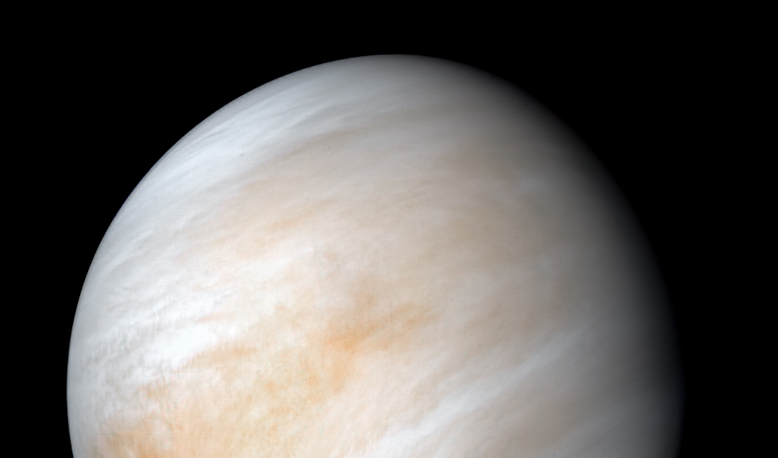Breakthrough Initiatives, the privately-funded space science programs founded by science and technology investor and philanthropist Yuri Milner, are funding a research study into the possibility of primitive life in the clouds of Venus. The study is inspired by the discovery announced yesterday, of the gas phosphine, considered a potential biosignature, in the planet’s atmosphere.
The science team undertaking the research will comprise world-class physicists, astronomers, astrobiologists, chemists and engineers, led by Dr. Sara Seager, Professor of Planetary Science, Physics and Aerospace Engineering at the Massachusetts Institute of Technology. The group will investigate the scientific case for life and analyse the technical challenges of an exploratory mission in the event that such evidence proves compelling.
Discovery of Phosphine
The new paper, from lead author Dr. Jane Greaves of Cardiff University, Dr. Seager and their collaborators, demonstrates the presence of phosphine (PH3) in the Venusian atmosphere via an analysis of millimeter-waveband observations by the Atacama Large Millimeter Array (ALMA) in Chile, with additional evidence from the James Clerk Maxwell Telescope (JCMT in Hawai’i).
The level of phosphine detected in the clouds of Venus – about 20 parts per billion – is completely unexpected for a gas susceptible to destruction by ultraviolet radiation, either directly or by ultraviolet-induced radicals. This suggests that some process is replenishing the gas. But what process?
Phosphine is a “biogenic” chemical: all samples encountered on Earth have been produced by biological or human-made processes requiring considerable energy inputs. Although the precise biological mechanisms generating phosphine are unknown, they are associated with the breakdown of organic matter by bacteria, with the gas being found in oxygen-free environments such as marshlands and swamps, as well as the guts of animals. While the presence of phosphine on Venus may turn out to stem from a non-living process, no such process on a terrestrial planet is currently known to science.
“The discovery of phosphine is an exciting development,” said S. Pete Worden, Executive Director of the Breakthrough Initiatives. “We have what could be a biosignature, and a plausible story about how it got there. The next step is to do the basic science needed to thoroughly investigate the evidence and consider how best to confirm and expand on the possibility of life.”
“Finding life anywhere beyond Earth would be truly momentous,” said Yuri Milner, founder of the Breakthrough Initiatives. “And if there’s a non-negligible chance that it’s right next door on Venus, exploring that possibility is an urgent priority for our civilization.”
"We were stunned to find a molecule in Venus’s atmosphere that could come from organisms,” said Dr. Greaves. “We will continue to monitor and hunt for more clues, to pinpoint where exactly on the planet the phosphine is coming from.”
And Dr. Seager commented, “We are thrilled to push the envelope to try to understand what kind of life could exist in the very harsh Venus atmosphere and what further evidence for life a mission to Venus could search for.”











